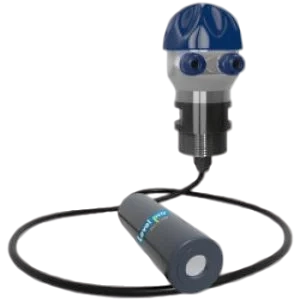Different Types Of Liquid Level Sensors

The level of liquids in tanks can be remotely measured and transmitted via telemetry tank level monitoring systems, which use a combination of hardware and software to do these tasks. In most cases, the hardware components consist of a junction box, a wireless communication device, and a submersible level sensor.
The submersible level sensor is installed within the tank where it is then used to perform an indirect measurement of the liquid’s level. The sensor may be a gadget that operates based on floating, pressure, or ultrasonic waves. When measuring the level of a tank, submersible level sensors are regarded to be more accurate than ultrasonic sensors since ultrasonic sensors can be impacted by the design of the tank as well as the contents of the tank.
The junction box, which is normally situated close to the tank, receives the level measurement data that is transmitted from the sensor. The junction box acts as a central point for the system, and in addition to supplying the sensor with power, it can also be used to process and communicate the data that is being collected. In situations in which the liquid in the tank outgases or generates a vapor blanket, which can interfere with the accuracy of the measurement, the LP100 junction box with vaporbloc can be used. This box is equipped with a vapor block.
After that, the data is wirelessly transmitted to a remote location, such as a control room or a platform that is hosted in the cloud, where it can be monitored and analyzed in real time. This enables remote monitoring of the tank’s levels, which can help to prevent the tank from becoming overfilled or from running out of liquid.
Learn more about level sensors
Please contact us to discuss your application


